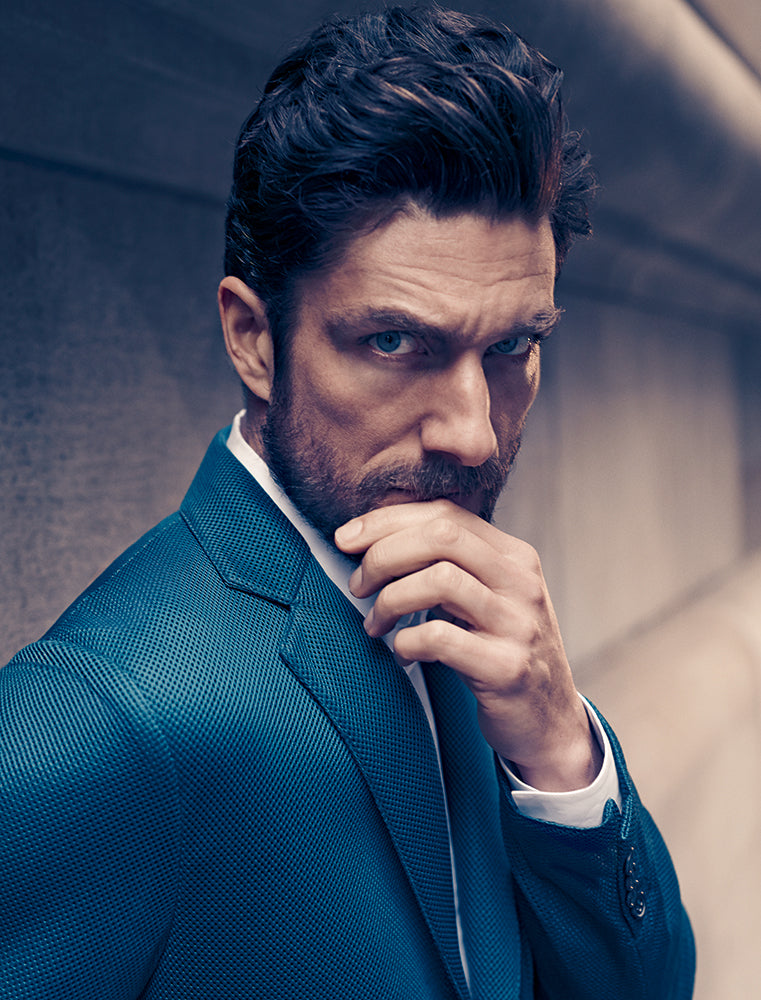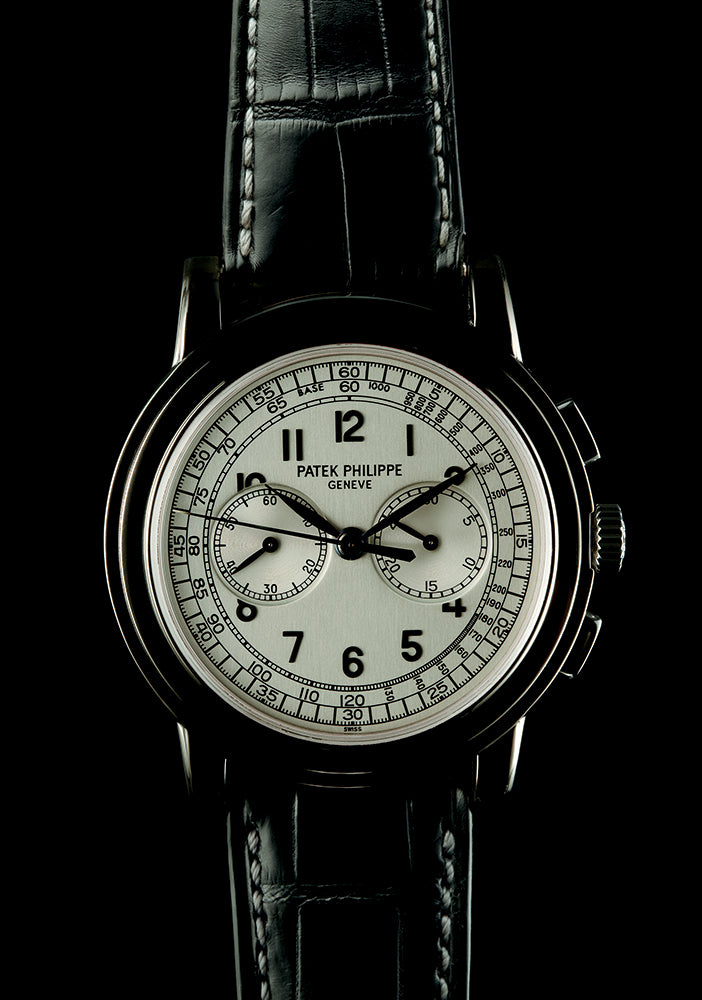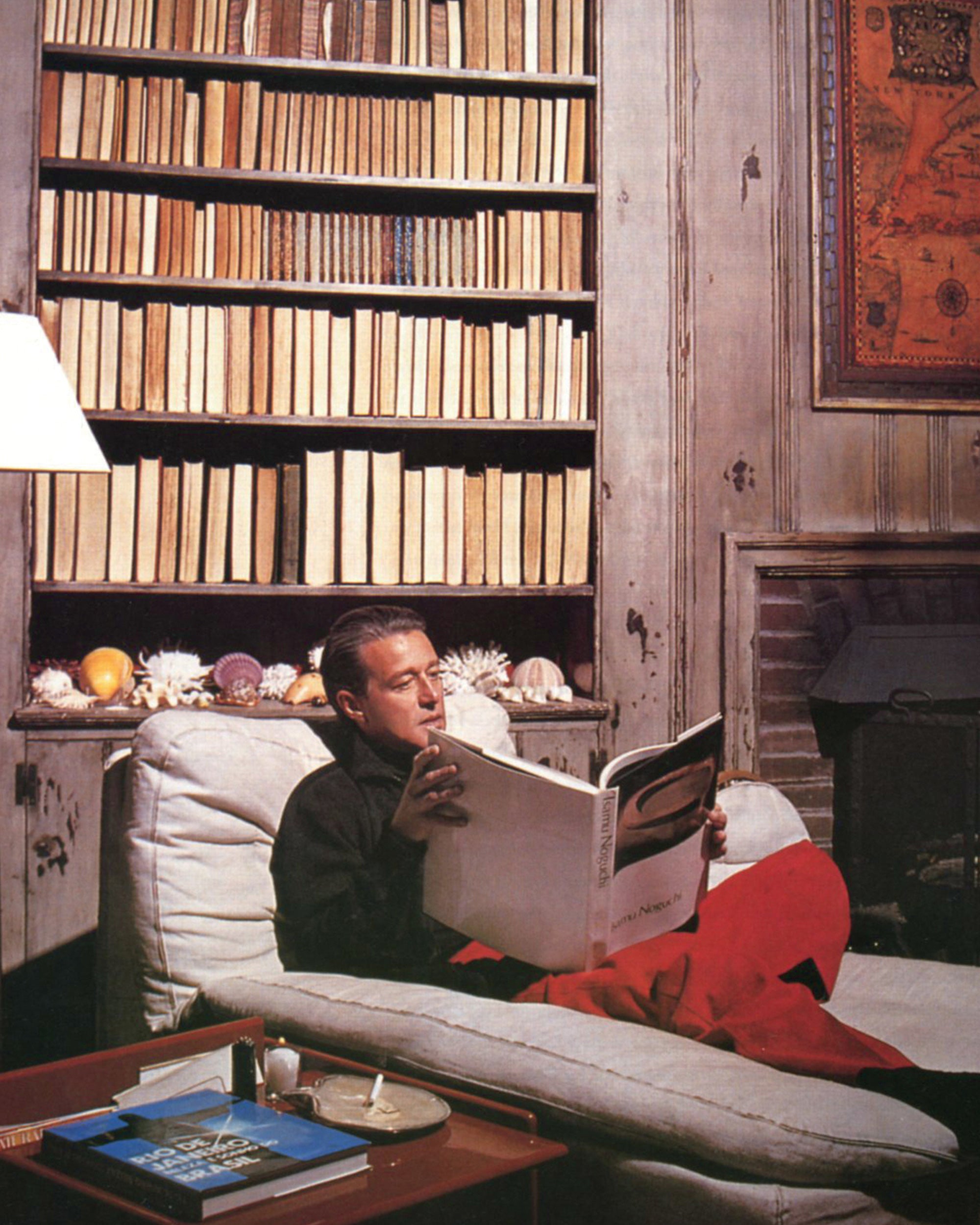
Hermès
HERMÈS AND THE SLOW PASSING OF TIME

At Hermès, subversion is par for the course. The brand’s iconic silk scarves were intuited through a mere repositioning of the jockeys’ colors in 1937, while those venerable luggage pieces were among the early adapters of the “American fastener,” or zipper, during the First World War. Hermès was established as a harness and saddlery workshop in 1837, but has since evolved into a global authority on luxury goods, due in no small part to the willingness of its leaders to buck expectations and standards. Véronique Nichanian, the Artistic Director of the Hermès Men’s Universe, who has helmed menswear at the label for over twenty years, fits this mold squarely: she knows the persisting rules of men’s fashion and relishes breaking them in the most exquisite ways. In the tradition of another iconic Parisienne, Nichanian is prone to definitive and compelling statements on style and good taste (“Watches are for men what perfume is for women”), and has distinct ideas about items crucial to a successful men’s wardrobe: “[Every man should own] a black cashmere sweater, a perfectly cut grey flannel suit and a leather piece that can be reversible, thus giving the garment several uses and lives. And also a very nice pair of lace-up shoes.” Yet as assuredly as Nichanian is able to assert these universal mandates, she is equally reverent of individual interpretation and customization in fashion.
“A steady assurance of quality and perfection — unaffected by fashion’s whims — is Nichanian’s version of luxury.”
Her collections seamlessly fuse the finest elements of tradition with the most unexpected points of innovation. She is attentive to seasonal nuance (exemplified by Spring’s acid green or lip-lacquer red hues du jour), but elaborates the empirically tasteful man’s range of subtle fashion rebellions par excellence. She relies on elements of extreme or marginal fashion to sit quietly beneath restrained tailoring. Nichanian explains her “goal is to allow men to be attractive while respecting their personality and individuality.” Nichanian’s vision is realized in large part by the founding of Hermès Bespoke (Commandes Particulières), which is dedicated — in Nichanian’s words — to a man who “dreams of a coat he has never found.” Bespoke includes the standard selection of suits and shirts, but in a comprehensive offering of 5,000 distinct fabrics. Many of these textiles are exclusive to Hermès and co-engineered by Nichanian herself, such as a particular Sea Island cotton or a nubuck crocodile with matte finish, the latter now a house signature. Leather, knitwear, and informal sportswear pieces sit alongside this suiting in the first ever Hermès men’s boutique on Madison Avenue in New York, an operation that opened in 2010 and speaks to the growing success of the men’s collection and its ability to translate across cultures.


“I define my approach by vêtements-objets (clothes as objects)… I claim a masculine conception of fashion rather than a conception of male fashion,” Nichanian mused. “I work season after season on an ideal wardrobe for a contemporary man that knows about quality, details, cut, and fabrics.” This careful evolution stems from her interest in “slowing the passing of time.” A steady assurance of quality and perfection — unaffected by fashion’s whims — is Nichanian’s version of luxury.
With all of the designer’s dependability, she is anything but predictable. Her innovative textile treatments are her most reliable catalysts for extremity. For spring, Nichanian showed at le Cloître des Cordeliers in Paris, and mined discreet references to sport with “spinnaker” canvases and neoprene-blend cardigans and jackets. The waxed fabrics allowed oversized windbreakers a chic stiffness that framed clever zigzag zipper treatments, while crumpled canvases were phased into blazers in patches to affect an inky, globe-trotted impression.
“I claim a masculine conception of fashion rather than a conception of male fashion.”
A color-pop red suede cardigan boasted malleability emblematic of the designer’s gift for lightness. Like the very architecture of Hermès’s boutiques, Nichanian’s collections offer lavish materials and sophisticated designs, but still accomplish an overall effect of contemporary breeziness. This effortlessness pairs brilliantly with her clever subversions: Spring’s clay and light latte summer jackets offer a glimpse of a starkly bleached lapel lining to match white tapered pants; a head-to-toe Prussian blue suit is effusive, and made spectacular by a gazar finish; crocodile and polished leather loafers are worn without socks, à la Serge Gainsbourgh.
None of Nichanian’s executions are intended to shock, only to provide a unique and rich perspective on established tenets of quality in menswear. It’s a concept Nichanian has dubbed “radical continuity.” The icing on Spring’s offering came with the fractals of kaleidoscopic knit sweaters that manipulated their way through a vibrant tonal range, providing the only graphic patterns in the collection, but brilliantly so: their ability to lure the eye and keep it wandering for awhile speaks to Nichanian’s service to the wearer, if not the onlooker. In fact, nearly every one of Nichanian’s designs begs for savoring — slowly, and over time.
“A steady assurance of quality and perfection — unaffected by fashion’s whims — is Nichanian’s version of luxury.”



